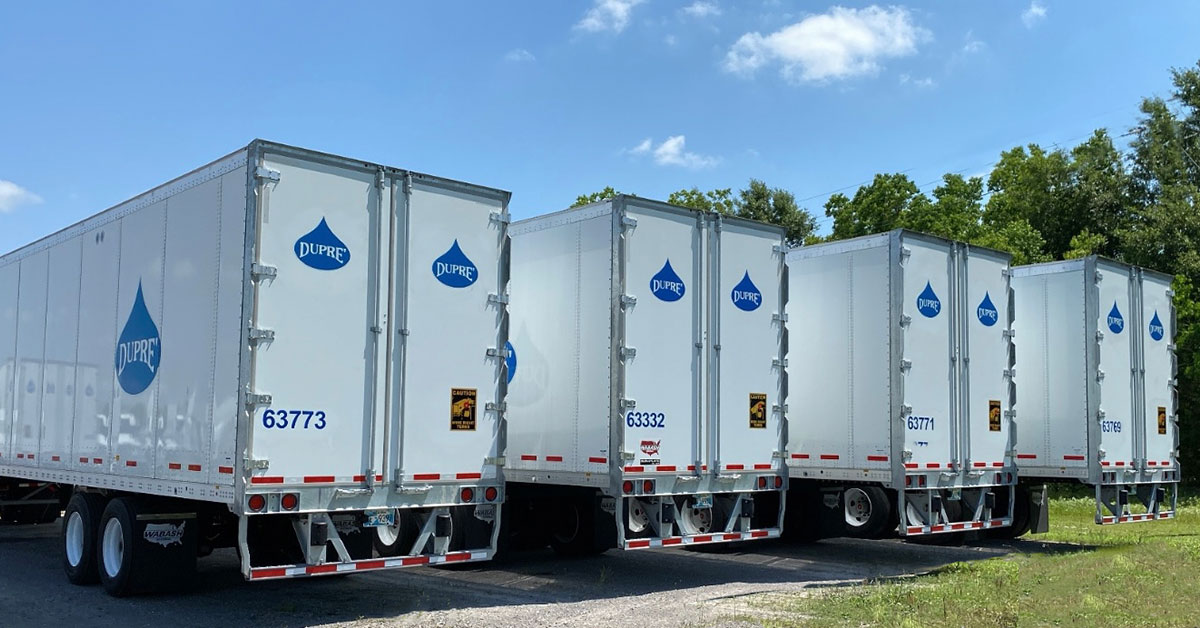Over the last month we’ve shared some important insights into the impact of the recent changes in the Hours of Services (HOS) regulations. Whether you’re looking for an overview of the changes, how these changes can impact you, or you want to know the best practices for dealing with these changes; you can find them on our blog.
Today we want to highlight an important aspect of implementing a best practices approach to logistics management: vetting your trucking/carrier company. With so many companies offering services and appearing to make the same promise it’s easy to fall into the trap of either believing that everyone is the same, or that simply being bigger must mean better.
While vetting carriers has always been critical,the recent HOS changes raise the stakes. It is important to keep in mind that a carrier’s failure to make the appropriate adjustments can not only wreak havoc on your supply chain timing, cause costs to go up, and distress your customers;it can also have major impact on the liability you are exposed to, possibly even voiding insurance coverage you may have.
What should you look at when vetting your carriers?
We’ve narrowed the list to the seven most important criteria:
- Driver Management– it’s easy to forget that your multi-million dollar supply chain is being held together and driven by drivers who operate with no direct supervision while on the road and who earn on average, $45,000 – $50,000/year. Given that, it is critical that your carrier have a top-notch driver management program that effectively trains, manages and monitors performance. At the end of the day their performance is your performance.
- Driver Pay– as a famous saying goes, “It is unwise to pay too much, but it is worse to pay too little.” When it comes to driver pay, this philosophy is crucial. As mentioned above, it is the driver that is critical to your performance. In an industry that is struggling to find enough people to do the job at hand, you want to make sure that your carrier is able to attract the best drivers. While utilizing a carrier who pays above average wages may lead to a higher direct cost of logistics, the reality is that it will reduce your total costs by a multiple of the increase.
- Record Keeping & Compliance– the failure to meet these new regulations not only exposes your carrier to increased liability, it exposes you to liability as well. It is critical that your carrier maintain the records and compliance to ensure your company is never exposed.
- Route Management– the carrier system has operated with minimal fail-safe procedures for some time. The impact of these regulations will further decrease capacity and increase the threat of systemic and structural failure. This means the ability of your carrier to efficiently and effectively manage routes and continually find ways to improve those routes is vital to your ability to maintain its competitive position.
- Plan B Protocols– regardless of how good planning is, the unexpected is going to happen. Hurricanes, construction, traffic jams, etc. are a matter of course. Your carrier must have the ability to effectively plan for these unexpected occurrences and the systems to adjust to them to ensure that they are able to mitigate disruption.
- Age of Equipment– now more than ever carriers must have effective systems for the maintenance and retirement of equipment. In an industry where costs are rising, capacity is restricted and prices are not keeping pace, many carriers are making up the difference by extending the life of their equipment beyond the point of effectiveness.
- Site Visits– make sure you visit your carriers’ central locations on at least an annual base. Have them demonstrate their protocols, share their dispatching systems and ensure that what you see matches the promises that are being made.

